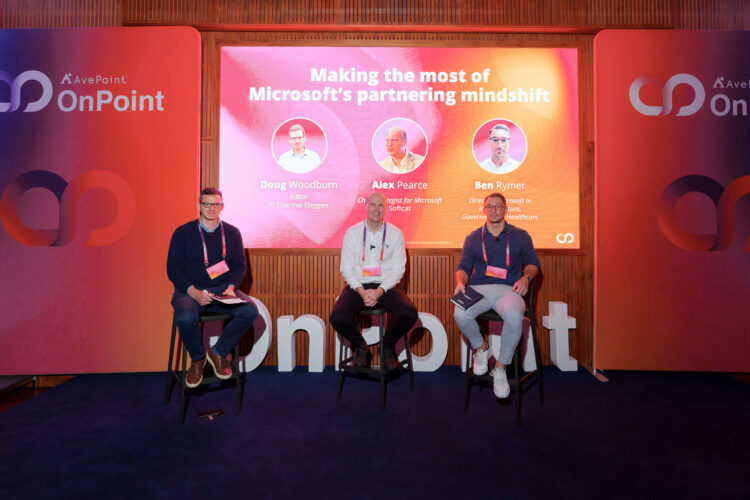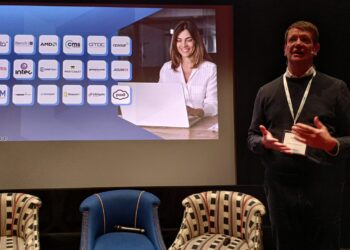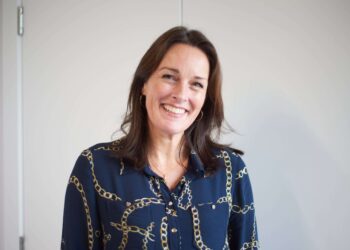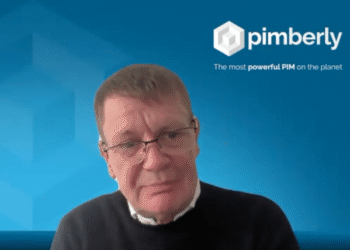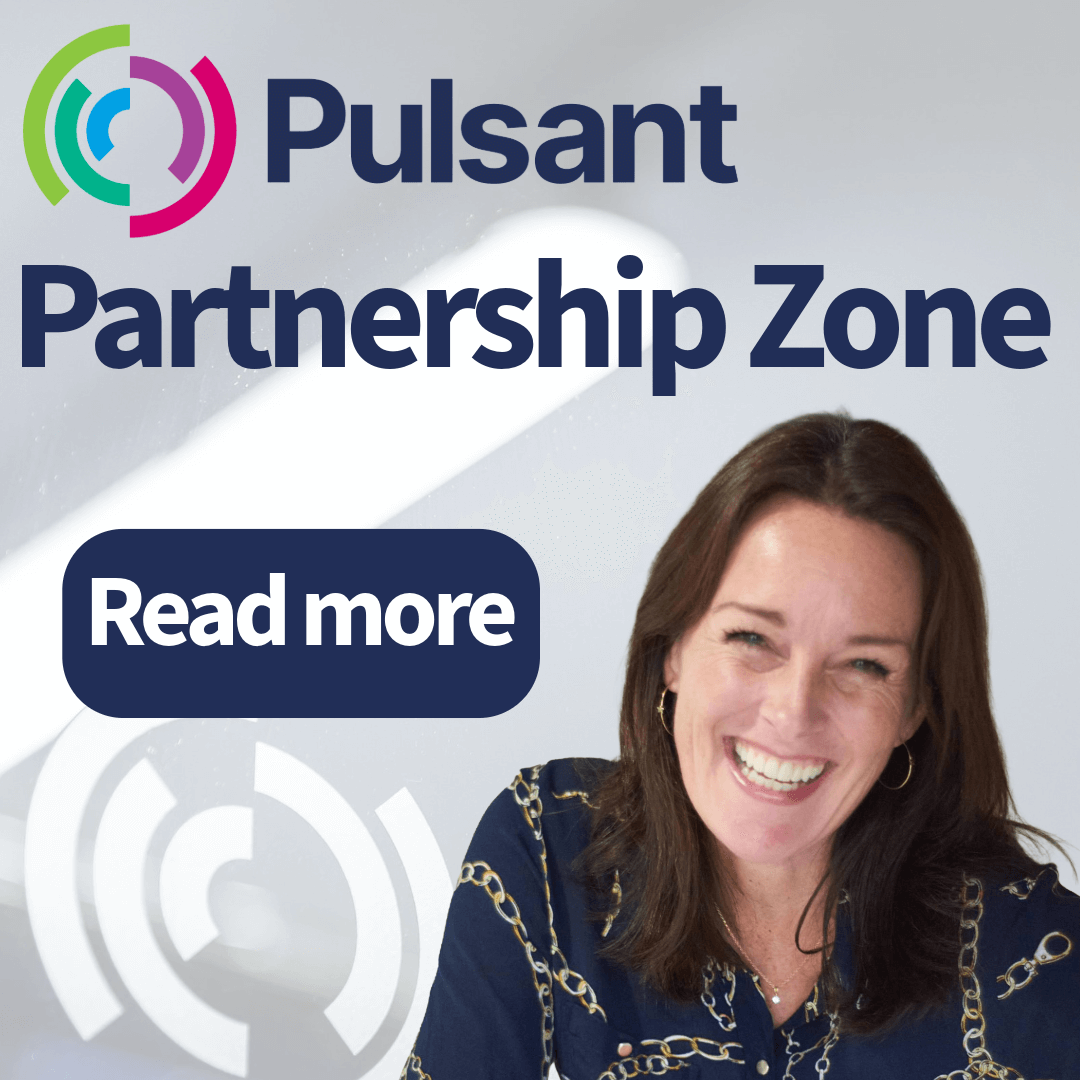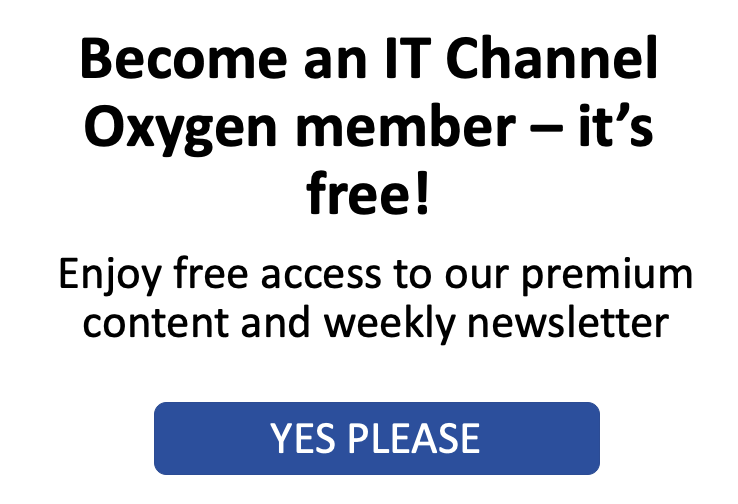Customers will be the main beneficiaries of the partnering mindset shift currently occurring at the world’s biggest tech vendors.
That was the opinion of one partner leader on IT Channel Oxygen’s panel at last week’s AvePoint OnPoint event.
Microsoft has made some huge changes to its partner model in 2025, including slashing Enterprise Agreement fees and pushing partners towards its Cloud Solution Provider (CSP) programme.
The software and cloud giant is eager to reward partners more for adding value throughout the customer lifecycle, and less at the point of transaction, with Cisco attempting similar with its imminent move to Cisco 360.
And they’re not alone, with analyst Omdia recently saying that over 400 other vendors have moved money from resell margins to fund other partner activities before, during, or after the transaction by introducing points-based programmes.
“Microsoft want the customers to stay more sticky”
This was the topic of discussion for a panel session at last week’s AvePoint OnPoint, hosted by IT Channel Oxygen.
When asked which types of partners will win from this shift, Alex Pearce, Chief Strategist for Microsoft at Softcat, approached the question from a different angle.
“I actually think the winners will be the customers,” Pearce said.
“That’s what Microsoft are trying to do here. They’re trying to drive the adoption of these applications – ‘we’re going to give you less from a transactional point of view, but we’re going to give you funding to help go off and deliver these solutions’. That’s what they want – they want the customer to stay more sticky.”
Also on the panel was Ben Rymer, Director, Microsoft in Infrastructure, Government & Healthcare at KPMG.
As an SI, KPMG has been relatively “insulated” from Microsoft’s fee shake-up, he said.
“The people that win will ultimately adapt,” Rymer said.
“We’ve spent a lot of time looking at our go to market and who we should be partnering with.
“Partnering with other partners is becoming more and more interesting – finding where there’s a clear Venn diagram of product offerings from ISVs and then services offerings, and then providing that wrap around those two things.
“We’ve got a fairly embryonic relationship with AvePoint that we’re looking to expand upon, but that’s a really good example.
“AvePoint have got a really fantastic suite of products and solutions, and we have a really clear view on how those things should be delivered. It’s all about stickiness and offering something that’s actually differentiated for clients.”
Adoption adjustment
One audience member asked the panel what they thought about the shift he’d seen in partner programmes towards incentivising adoption.
Rymer characterised this as a “really great question in the age of Copilot”.
“If you speak to most of our teams, they would say that [Copilot] is 30% technology and 70% adoption,” he said.
Pearce agreed, stressing that in the first 18 months of Copilot there were 1,000 updates to the products.
“That’s a challenge for anyone to understand,” he said.
“What you bought with Copilot six months ago is a different ROI to what it is now.
“When we start having that conversation with the customer, we say, ‘let’s book in a call for three months’ time, because it will change’. It’s not ‘here’s a workshop, thank you very much’; it’s how can we continuously bring value add, adoption and understand how you’re using it and what Microsoft are changing and improving.”
“Low-hanging fruit”
Held at No 6 – Aldgate, London, AvePoint OnPoint was designed to demystify AI and equip channel partners with the strategies that differentiate their business and scale growth.
In his keynote at the event, AvePoint Chief Brand Officer Dux Raymond Sy drew a parallel between AI and London’s rebirth after the Great Fire.
Dux set out three “low-hanging fruit” examples of how partners can drive innovation and growth with AI among their customers, in the form of “harvesting data for decisions”, “scaling creativity and productivity” and “igniting transformation and resilience”.
“Just as London rose from the ashes much higher, AI can help our customers, and frankly ourselves, reach new heights,” Dux said.
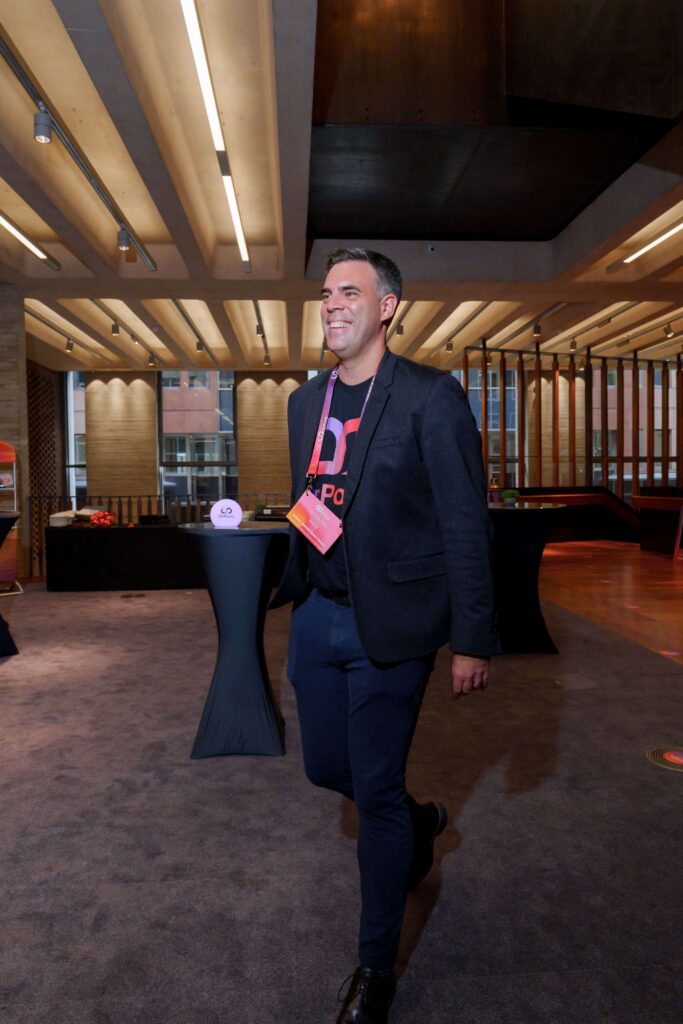
Introducing the event, UK Channel Director Chris Shaw said his aim was to show that AvePoint does a lot more beyond migration and back-up.
“What I hope you take away from today is that AvePoint is so much more than you think,” he said.
“There’s so much more you can do with this; there’s a tonne more features and functionality, and the underpinning factor of the data is actually AvePoint’s DNA.”
This article was produced in association with AvePoint and is classified as partner content. What is partner content? See more here.


